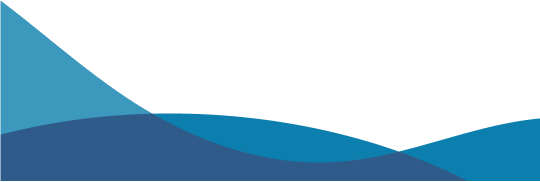Second only to mortgage debt in the US, student loan debt totaling $1.753 trillion is a significant financial burden that affects nearly 43 million borrowers. Due to the prevalence of student loan debt, many assistance programs are available to help alleviate the problem.
Public Service Loan Forgiveness (PSLF)
PLSF helps ease the burden of federal student loan debt for full-time employees working for the government and qualifying nonprofits.
Who is it for?
PSLF is for those who work full-time for a government organization at any level (federal, state, local, or tribal) or a qualifying not-for-profit organization. Borrowers must have Direct Loans or consolidate other federal student loans into a Direct Loan.
How does it help?
It allows borrowers, typically enrolled in an Income-Driven Repayment (IDR) program, to be eligible for loan forgiveness after 10 years of qualifying monthly payments.
Learn more: Visit Laurel Road PLSF resources for more information about the program, including how to apply and what jobs qualify for PSLF.
Income-Driven Repayment (IDR) plans
IDR plans can allow borrowers to switch to a lower monthly payment based on their gross income and family size. Borrowers on IDR plans are eligible for forgiveness after a set period.
Who is it for?
Federal borrowers having trouble making student loan payments through the 10-year Standard Repayment Plan. IDR plans enable them to set up a repayment structure based on income and family size.
How does it help?
IDR plans offer a path to forgiveness and can give borrowers a more manageable monthly payment.
Learn more: Visit Laurel Road resources about IDR student loan forgiveness including how to apply, types of IDR plans for your career, and IDR pros and cons.
Other student loan assistance programs
Beyond PSLF and IDR, other programs can offer student loan relief, including programs for borrowers in specific careers, such as teachers, nurses, and doctors.
Student Loan Freedom
While there are programs that offer borrowers help to manage their student loan options like repayment and forgiveness, Laurel Road Student Loan FreedomSM takes it one step further by including personalized student loan counseling in its suite of student loan solutions.
A free 30-minute consultation
A student loan specialist can help you understand all your student loan options, including your eligibility for federal forgiveness programs. If you have at least one federal student loan, you can schedule a free one-on-one consultation to explore federal and private repayment options, and get your questions answered. Your student loan specialist will provide an analysis of your loans and help you develop a personalized plan.
Refinancing options
For borrowers with private loans, refinancing can be a powerful tool. Borrowers who qualify for a lower rate can save in the long term. Laurel Road offers a simplified refinancing process without any added costs or fees.
Choosing the right student loan assistance path
Student loan debt is an evolving challenge that demands new and innovative solutions that allow borrowers to take more control over their financial future. It’s important to explore all the options and understand what’s right for you. Visit the Laurel Road Student Loan Freedom page to sign up for a free consultation and learn how a trusted student loan expert can help you find financial peace of mind.
Sources:
- https://educationdata.org/student-loan-debt-statistics
- https://www.nasdaq.com/articles/student-loan-repayment-assistance-aligning-workplace-benefits-with-employee-priorities




